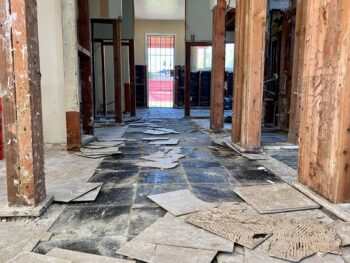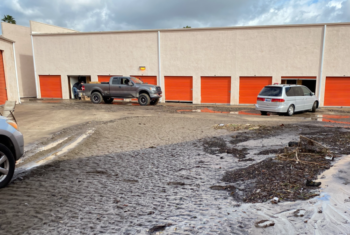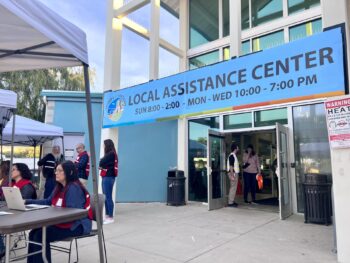Like much of the country, San Diego County residents are glued to the ongoing news coverage of the aftermath of Hurricane Sandy on East Coast communities. One question everyone watching can ask themselves is what would I do in that situation? How prepared would I be?
“While hurricanes are not common in San Diego, issues with the power grid are possible under a variety of circumstances,” said Holly Crawford, director of the San Diego County Office of Emergency Services. “Some 3.6 million people on the East Coast are still without power. We can learn from some of the issues they are dealing with and apply it to our personal preparedness plans,” said Crawford.
How can you be better prepared? Here are 10 preparedness tips for a power outage. Many of these same preparedness tips would also be helpful during other emergencies such as wildfires or earthquakes. Power outages are often a secondary condition that can occur after the original disaster.
- Have a battery-powered or crank-operated radio to stay informed through media.
- Have flashlights or lanterns with extra batteries on hand. Hand-crank models are also useful.
- Keep your gas tank as full as possible. Why? During an outage many gas stations don’t have generator power to pump the gas.
- Have some cash stashed away. ATMs and credit cards require power to process transactions.
- Local water may not be safe to drink and wells require electricity to operate. Stockpile water to last a minimum of three days, or five days if you have storage space. The general rule of thumb is one gallon of water per person per day. Don’t forget to factor in enough water for pets and livestock.
- Keep your refrigerator closed as much as possible so that your food will keep. Food can stay in the freezer safely for 24 hours (or 48 hours, if it is full).
- Maintain a stocked first aid kit in case of injuries resulting from the emergency. A supply of prescription medications also needs to be included.
- Keep at least one landline phone in your home in case cordless phones and cellular phones are not operable. People with digital phone service may not be able to use service even with a corded phone.
- Have a phone charger for your car to help you charge your cellular phone. Hand-crank cell phone chargers are also available. Some models are even combined with a flashlight and/or radio.
- Consider purchasing a propane camping stove. Make sure you have fuel.
In San Diego, you can also register your cell phone for AlertSanDiego to get emergency notifications and create a family disaster plan. To do so and to learn more about how to prepare, visit www.readysandiego.org. Also, download the County’s new emergency application on Android and iOs mobile devices by visiting www.sdcountyemergency.com.






